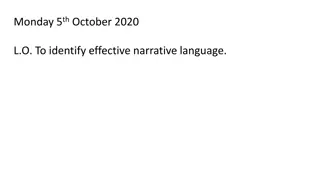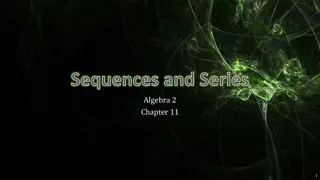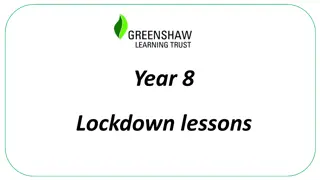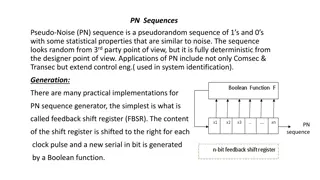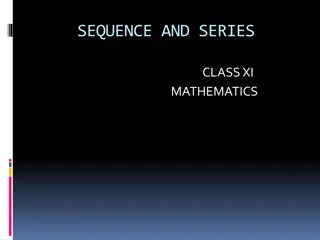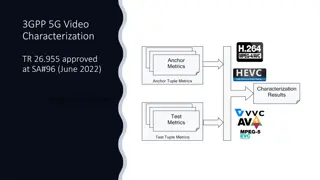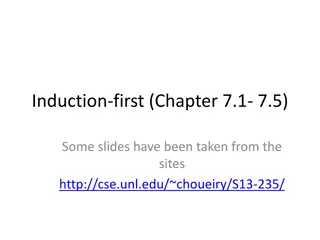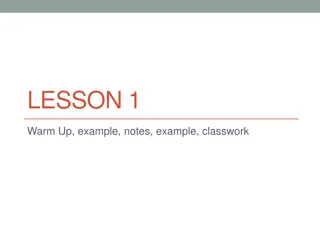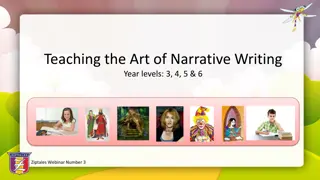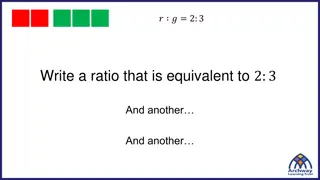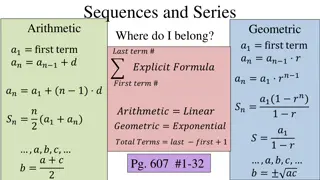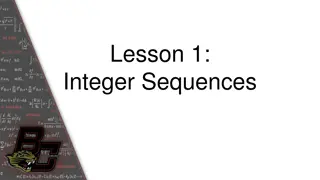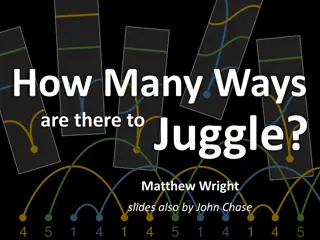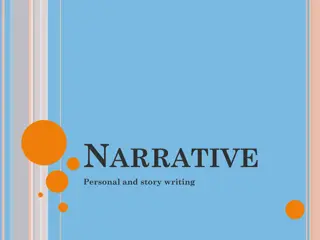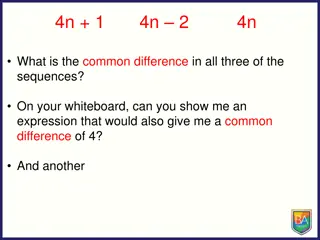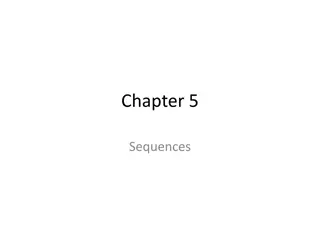Mastering Narrative Writing: Techniques and Sequences
Enhance your narrative writing skills by engaging readers with compelling characters and settings, developing well-structured event sequences, and utilizing descriptive details and narrative techniques effectively. Explore different points of view and learn to create engaging narratives that captivate your audience.
Download Presentation

Please find below an Image/Link to download the presentation.
The content on the website is provided AS IS for your information and personal use only. It may not be sold, licensed, or shared on other websites without obtaining consent from the author.If you encounter any issues during the download, it is possible that the publisher has removed the file from their server.
You are allowed to download the files provided on this website for personal or commercial use, subject to the condition that they are used lawfully. All files are the property of their respective owners.
The content on the website is provided AS IS for your information and personal use only. It may not be sold, licensed, or shared on other websites without obtaining consent from the author.
E N D
Presentation Transcript
Narrative Writing Narrative Writing A narrative is a STORY. Narrative ~ A fictional story you can make up all of the events. Personal Narrative~ A TRUE story about an event that happened in your life.
L LESSON ESSON S STANDARD TANDARD ELAGSE9 ELAGSE9- -10W3: experiences or events using effective technique, relevant descriptive details, and well-structured event sequences. 10W3: Write narratives to develop real or imagined a. Engage and orient the reader by establishing a context and point of view and introducing a narrator and/or characters; organize an event sequence that unfolds naturally and logically. b. Use narrative techniques, such as dialogue, pacing, and description, to develop experiences, events, and/or characters. c. Use a variety of transition words, phrases, and clauses to convey sequence and signal shifts from one time frame or setting to another. d. Use precise words and phrases, relevant descriptive details, and sensory language to capture the action and convey experiences and events. e. Provide a conclusion that follows from and reflects on the narrated experiences or events.
How do I use narrative techniques, descriptive details, and well- structured event sequences to write narratives?
a. Engage and orient the reader by establishing a context and point of view and introducing a narrator and/or characters; organize an event sequence that unfolds naturally and logically.
Order Order Beginning: Introduce characters and setting (time and place) Middle: Events happen/conflicts (Rising Action) Use descriptive details Keep the events progressing forward End: Result (Falling Action) Resolution
Point of View Point of View First Person: Character is the narrator. Use I and we Second Person: When the narrator puts the reader in place of the main character. Uses you Third Person Limited: Only see the perspective of one character. Third Person Omniscient: The narrator knows the thoughts of all characters. You see the story from many perspectives.
b. Use narrative techniques, such as dialogue, pacing, and description, to develop experiences, events, and/or characters.
Dialogue Indent for each new speaker. Use quotation marks. Use commas inside the quotation marks, then who said the words.
Wow, Jim said as he walked down the eerie hallway to his destination. I can t believe it! Hey, wait up! Joe yelled, as he saw his friends shadow disappear around the corner. Blah, blah, blah, blah Blah, blah Blah, blah Blah, Blah,blah Blah, blah Blah, blah Blah, blah Blah, blah Blah. Relax bro, Jim retorted.
Back and Forth Conversation Back and Forth Conversation Look at that, Jim said. I know, whispered Joe. How do you know? I just do. Yeah, right. (You can stop using their names each time when they talk back and forth right away).
Continued Talking No capital letter if you continue after you write: I said or Joe said Sir, I said to the officer, the kid just broke his arm.
N NARRATIVE ARRATIVE V VOCABULARY OCABULARY When you are telling your story, you may want to use techniques such as: Flashback: Go back in time to explain an event or feeling Foreshadowing: Hints to future events
c. Use a variety of transition words, phrases, and clauses to convey sequence and signal shifts from one time frame or setting to another.
Use Transitions: Use Transitions: Transitions: show how ideas, sentences, and paragraphs are connected. communicate the organization of your writing are stepping stones that help the reader get from one idea to the next.
Common Transitions Common Transitions Transitions run the gamut from the most simple the little conjunctions: to more complex signals that ideas are somehow connected the conjunctive adverbs and transitional expressions such as oand, obut, ohowever, onor, omoreover, oyet, onevertheless, oor, oon the other hand . o(and sometimes) so
d. Use precise words and phrases, relevant descriptive details, and sensory language to capture the action and convey experiences and events.
D DESCRIPTIVE ESCRIPTIVEDETAILS I INCLUDE NCLUDE: : DETAILS Adjectives: Describe nouns Adverbs: Tell when, where, or how something is done or to what degree Sensory language: Appeals to the senses: What do you see, hear, feel, taste, smell?
Figurative Language Figurative Language Idiom: Piece of cake Personification: The wind was screaming Simile: She was like a tiger on the court. Metaphor: She was a tiger Hyperbole: I am so hungry I could eat a horse. Alliteration: Billy Bob bought a bright blue BMW.
Find examples of descriptive details and figurative language in the story Three Skeleton Key. DISCUSS WHAT THESE DETAILS ADD TO THE STORY.
Look at the following from a survival story: Look at the following from a survival story: Which example is more appealing? Rescuers say the group survived even though it was cold outside. Rescuers say that a series of good choices enabled the group to survive without frostbite or injuries, despite temperatures which dropped to 21 degrees below zero. What descriptive details do you notice? What do the descriptive details add?
e. Provide a conclusion that follows from and reflects on the narrated experiences or events.
Narrative Writing Narrative Writing Tell a fictional story. Write the events in order. Remember your plot diagrams. You can do flashbacks. Paragraphs can be any size. INDENT! Use proper grammar, spelling and capitalization.




